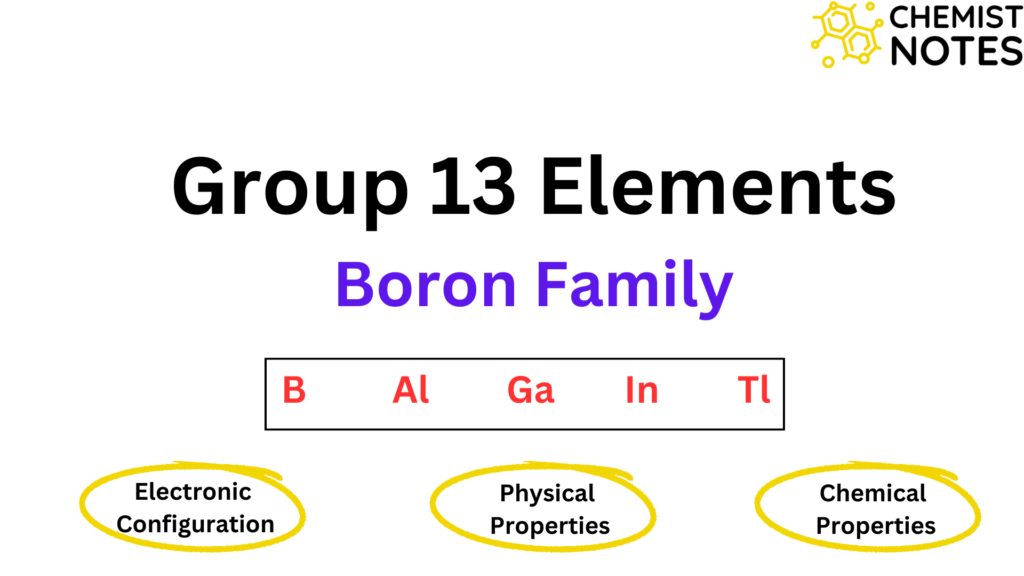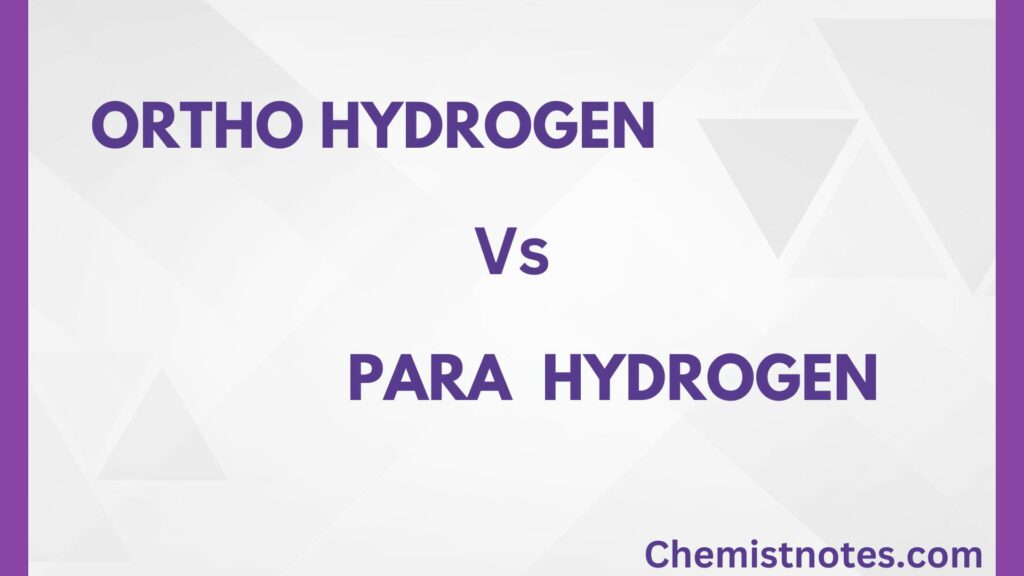Table of Contents
Toggles block elements are those elements of the periodic table in which the last electron enters the s-orbital of the valence shell.
Depending on the nature of the atomic orbital into which the last electron (differentiating electron) enters, elements are classified into four blocks; s-, p-, d-, and f-blocks. The division of elements into blocks is purely based on electronic configurations. Moreover, the nature of the subshell in which the last electron of that atom enters determines the block to which that element belongs.

s block is situated at the extreme left of the periodic table. Since s-orbitals can accommodate a maximum of two electrons, the s block consists of two groups; group 1(IA) and group 2(IIA). The elements of group IA are called alkali metals whereas the group of IIA elements is called alkaline earth metals. Alkali and alkaline earth metals are characterized by general valence electronic configuration; ns1 and ns2 respectively.
Characteristics of s block elements
- All s-block elements are reactive/active metals.
- Electronic configuration is ns1-2, where n represents the outermost orbit or shell.
- They are soft metals and have low density.
- They exhibit oxidation states of +1 and +2.
- They are good reducing agents.
- These metals do not exhibit variable valency.
- These metals generally form ionic compounds.
- They possess low melting and boiling point.
- These metals have the largest atomic size, and lowest ionization energy, and are most electropositive in nature.
- These metals give characteristic color to the flame which makes the basis of qualitative analysis of their salt.
Electronic Configuration of s block elements
The electronic configuration of s-block elements is illustrated below:
The s-block alkali elements only have one valence electron in their outermost shell. The electronic configuration of s block- alkali metals are:
| Element | Symbol | Electronic Configuration |
| Lithium | Li | 1s22s1 |
| Sodium | Na | 1s22s22p63s1 |
| Potassium | K | 1s22s22p63s23p64s1 |
| Rubidium | Rb | 1s22s22p63s23p63d104s24p65s1 |
| Cesium | Cs | [Xe]6s1 |
| Francium | Fr | [Rn]7s1 |
The electronic configuration of alkaline earth metals–s block elements is given below:
| Element | Symbol | Electronic Configuration |
| Beryllium | Be | 1s22s2 |
| Magnesium | Mg | 1s22s22p63s2 |
| Calcium | Ca | 1s22s22p63s23p64s2 |
| Strontium | Sr | 1s22s22p63s23p64s2 |
| Barium | Ba | 1s22s22p63s23p63d104s24p64d105s25p66s2 |
| Radium | Ra | 1s22s22p63s23p63d104s24p64d105s25p64f145d106s26p67s2 |
Properties of s block elements
As the atomic number of elements increases, the physical and chemical properties of s-block elements (alkali and alkaline earth metals) changes accordingly.
Physical properties of s block elements
- Boiling and Melting point: The weak metallic bonding causes the s block elements to have a low melting and boiling point. Among both groups; Group 1(IA) and group 2(IIA), alkali metals possess low melting and boiling point.
- Density: Except for Na and K, the density of the alkali metals in the S block elements increases with group size.
- Flame Colouration: The flame acquires a distinctive color from all of the alkali metals and their salts. This is caused by the flame’s heat, which excites the valence electrons to move from one energy level to another.
Chemical properties of s block elements
- Atomic and Ionic radii: With an increase in atomic number, the total number of electrons increases along with the addition of shells. Hence, the atomic and ionic radii of s block elements also increase.
- Ionization energy: The size of the atoms grows as we move down the group, and as a result, there is less attraction between the nucleus and the electrons in the outermost shell. The ionization energy thus decreases downward the period. However, with the addition of an electron, the ionization energy increases slightly i.e. ionization energy increases along the group. This is the reason that alkali metals have a relatively lower ionization enthalpy than alkaline earth metals.
- Hydration energy: The hydration energy decreases as the ionic sizes of the elements increase. Since the atom can hold more water molecules surrounding it due to the high charge/radius ratio, the hydration enthalpy increases as the size of the ion decreases.
Diagonal relationship between s block elements
Please click on this to learn about the diagonal relationship between s-block elements.






